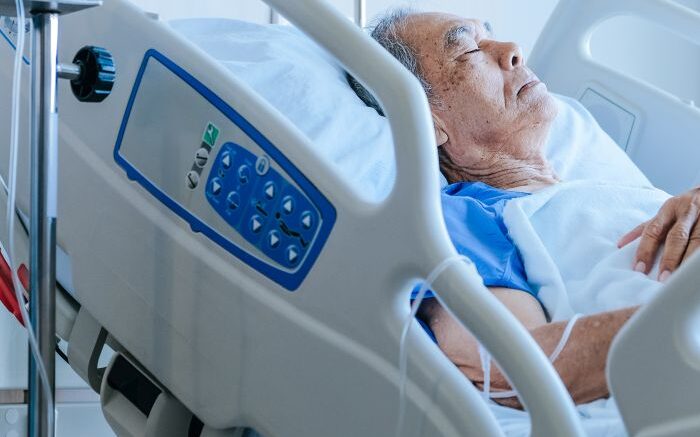A collaborative study involving researchers from Karolinska Institutet has charted the prevalence of severe physical symptom burden amongst Scandinavians for up to two years after a SARS-CoV-2 infection. Most affected were people who had a severe COVID-19 infection, while the researchers found no elevated prevalence of long COVID in those who had never been bedridden. The study is published in The Lancet Regional Health – Europe.
By mid-October 2023, over 771 million cases of COVID-19 had been reported to the World Health Organization (WHO). An estimated 10 to 20 per cent of the affected have persistent symptoms.
In the present study, researchers examined the prevalence of persistent physical symptoms in people with different degrees of COVID-19 severity and compared them with people who had not had a confirmed COVID-19 diagnosis. The study comprised 64,880 adults from Sweden, Denmark, Norway and Iceland with self-reported physical symptoms between April 2020 and August 2022.
Over 22,000 of the participants were diagnosed with COVID-19 during the period, almost 10 percent of whom were bedridden for at least seven days. The prevalence of chronic symptoms such as shortness of breath, chest pain, dizziness, headaches, and low energy/fatigue, was 37 percent higher in those who had had a COVID-19 diagnosis than in those who had not.
Patients who had been bedridden for at least seven days during the SARS-CoV-2 infection had the highest prevalence of severe physical symptom burden, over double that of those not diagnosed with COVID-19. They also had the most persistent symptoms for up to two years after diagnosis.
“Long COVID has grown into a major public health problem since a large proportion of the global population has been infected,” says Emily Joyce, doctoral student at the Institute of Environmental Medicine, Karolinska Institutet in Sweden and one of the study’s first authors. “Our results show the long-term health consequences of the pandemic and highlight the importance of monitoring physical symptoms for up to two years after diagnosis, especially in people who experienced severe COVID-19.”
The majority of the participants were fully or partially vaccinated, and the results were largely the same in analyses of exclusively vaccinated individuals.
Participants who had never been bedridden during their infection presented with a similar prevalence to people who had not been diagnosed with COVID-19.
For this study, the researchers combined four cohorts from COVIDMENT, a large-scale collaborative project among Sweden, Denmark, Norway, Iceland, Estonia and Scotland.
“We’ll continue to assess the long-term health impact of the COVID-19 pandemic in this project,” says corresponding author Qing Shen, affiliated researcher at the Institute of Environmental Medicine and the Department of Medical Epidemiology and Biostatistics, Karolinska Institutet. “Multiple projects are underway, including studies of how COVID-19 has affected cognitive function and mental health, and how social isolation affected the elderly.”
The study was conducted in close collaboration with the universities of Oslo (Norway), Tartu (Estonia) and Edinburgh (Scotland), the University of Iceland and Copenhagen University Hospital, Rigshospitalet in Denmark. It was financed primarily by grants from NordForsk and the EU Horizon 2020 programme. The Swedish leg of the study received a grant from Forte (the Swedish Research Council for Health, Working Life and Welfare). There are no reported conflicts of interest.
Reference: ”COVID-19 illness severity and 2-year prevalence of physical symptoms: an observational study in Iceland, Sweden, Norway and Denmark”, Qing Shen et al, The Lancet Regional Health – Europe, online 27 October 2023, doi: 10.1016/j.lanepe.2023.100756.
